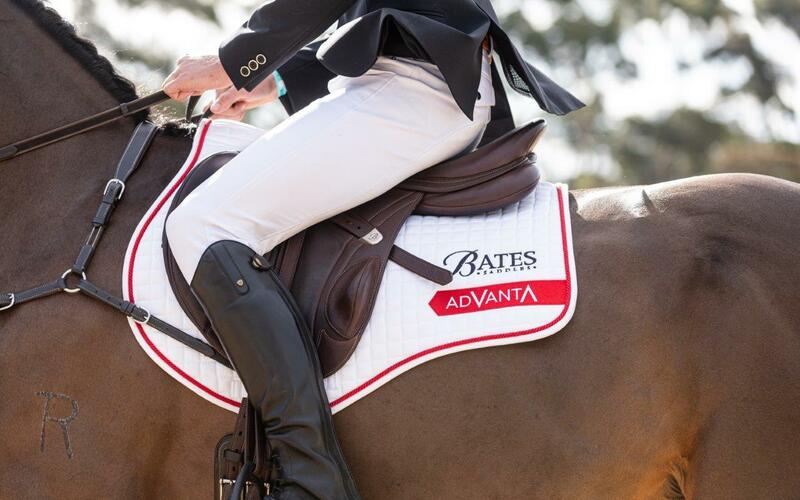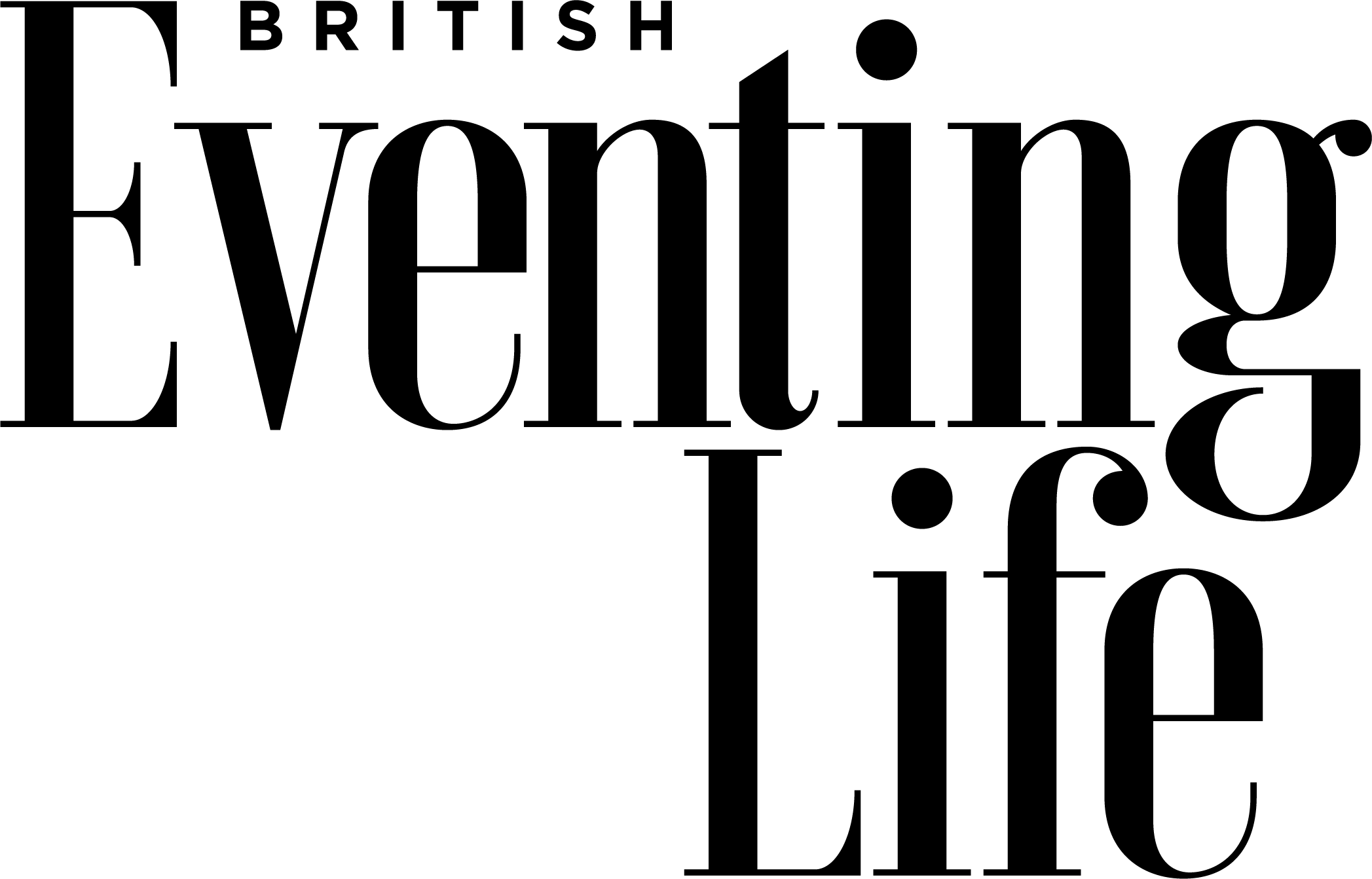
Saddle safety
As you bring your horses back into work and competition conditioning, you are likely to require a saddle fit. It’s helpful to have an idea of any minor repairs or replacements you may need to discuss with your saddle fitter at that time.
Carefully go through all your saddlery, checking every clip and buckle as well as all leather, punches and keepers. Inspect your saddles carefully by examining your stirrup bars, your girth points and the evenness and softness of your panels and under flaps. If your saddle has screws, check if they need tightening. You can assess the integrity of the saddle tree by looking for abnormal movement and listening for unusual noises.
One of the most important areas to review are your girth points and the straps on your girth – both should be easily replaceable by your local retailer or saddle fitter. Ongoing maintenance is also the best way to apply leather care to your saddle. Leather benefits from a light application frequently much more than sporadic, heavy applications. When applying your leather balsam, remember to go heavier in areas of high wear such as under your leg, and lighter in areas in areas that need to maintain strength such as girth points.
Fit check
The chances are your horse’s shape has been through some changes since their last pre-season saddle fit. You’re also likely to have new aspirations for the year ahead, which may further influence your horse’s muscling.
Before you start submitting your event entries, book an appointment with your saddle fitter to assess your tack for each discipline alongside your competition goals. Together with your bodyworker, your saddle fitter will be able to work with you to keep your horse comfortable as they increase their workload. It’s always exciting to see the changes in our horse’s bodies as they respond to correct, regular work. Keep in mind that you may need to see your saddle fitter more regularly, every three months, as you re-establish consistent training.
To look for changes that signal it’s time to call your saddle fitter, ensure your horse is standing square, position the saddle correctly behind the shoulder and secure the girth. Stirrups should either be removed or run up and safely secured. Be sure to take note of:
• Bearing – does the panel contact your horse’s back completely and evenly?
• Balance – is the deepest part of the seat sitting flat, level and in balance?
• Clearance – is there sufficient space around your horse’s withers and spine?
• Girth length – is your girth length still correct and doing up at the right place?
Keep monitoring
As riders, we can monitor our horse with tools such as a gullet gauge, a weight tape or even photos can be a good visual reference to give some indication of change. With any method, it’s a good idea to keep a folder of these measurements or photos together on your preferred device with the date taken.
Some signs that may indicate that it’s time for you to contact your saddle fitter are:
• A visible change in the clearance or balance of your saddle.
• Changes in your feeling – do you feel tipped forward or tipped backward?
• Unusual feedback from your horse on their comfort when tacking up or riding.
Visit Bates Saddles to locate your nearest saddle specialist.
Visit Bates Saddles to locate your nearest saddle specialist.
